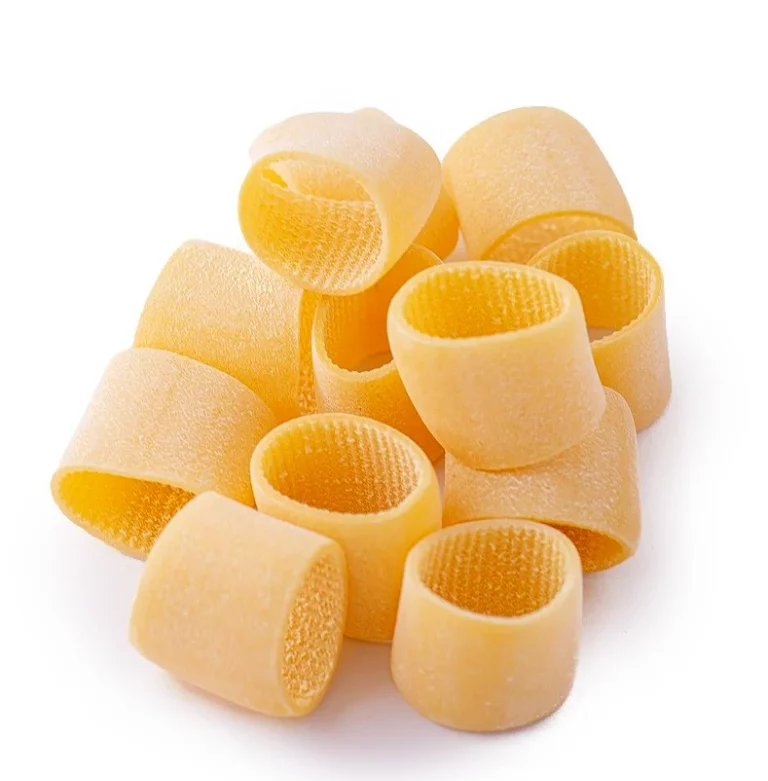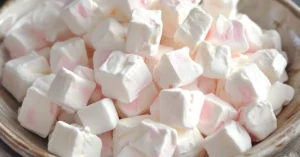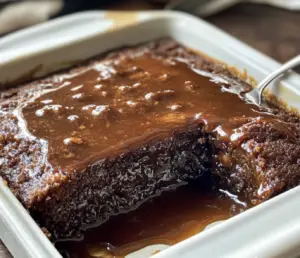Paccheri pasta, a traditional Italian delicacy, is known for its large tube-like shape and its versatility in various recipes. One of the distinctive features of paccheri pasta is its ability to hold sauces and fillings, making it a favorite choice among pasta enthusiasts.
History and Origin of Paccheri Pasta
Paccheri pasta traces its origins back to Southern Italy, particularly in the Campania region, including Naples. The word “paccheri” is derived from the Neapolitan dialect, meaning “slaps” or “smacks,” referring to the sound made when eating this pasta due to its large size and chewy texture. Historically, paccheri pasta was considered a peasant food, but it has since gained popularity in Italian cuisine worldwide.
Ingredients for Paccheri Pasta :
To shape paccheri pasta, you’ll need basic ingredients commonly used in pasta making:
- Semolina flour
- All-purpose flour
- Eggs
- Water
- Salt
Equipment Needed for Paccheri Pasta
The equipment required for shaping paccheri pasta includes:
- Pasta machine or rolling pin
- Knife or pastry cutter
- Paccheri pasta tubes or similar molds (optional)
Guide to Shaping Paccheri Pasta
Preparing the Dough
- Mixing the Ingredients: Combine semolina flour, all-purpose flour, eggs, water, and salt in a large bowl. Knead the mixture until a smooth dough forms.
- Resting the Dough: Allow the dough to rest for at least 30 minutes, covered with a damp cloth or plastic wrap, to relax the gluten.
Rolling and Cutting the Dough
- Dividing the Dough: Cut the dough into manageable portions.
- Rolling the Dough: Using a pasta machine or rolling pin, roll out each portion of dough into thin sheets.
Shaping the Paccheri Pasta
- Cutting the Strips: With a knife or pastry cutter, slice the dough sheets into long strips, approximately 1 inch wide.
- Shaping the Tubes: Wrap each strip of dough around a paccheri pasta tube or similar cylindrical object, overlapping slightly to seal the edges.
- Removing the Tubes: Carefully slide the paccheri pasta tubes out from the dough cylinders, leaving the shaped paccheri pasta tubes behind.
- Drying the Pasta: Allow the shaped paccheri pasta to dry on a floured surface or drying rack for about 30 minutes before cooking.
Tips for Perfectly Paccheri Pasta
- Ensure the dough is rolled thinly and evenly for consistent pasta tubes.
- Use a sharp knife or pastry cutter to create clean edges when cutting the dough strips.
- Lightly dust the paccheri pasta tubes with flour to prevent sticking.
Common Mistakes to Avoid
- Overworking the dough, which can result in tough pasta.
- Cutting the dough strips too wide or too narrow, affecting the shape and texture of the paccheri pasta.
- Skipping the resting period for the dough, leading to difficulty in shaping the pasta.
Serving Suggestions for Paccheri Pasta
Paccheri pasta pairs well with a variety of sauces, including tomato-based sauces, creamy sauces, and meat sauces. It’s also excellent for stuffing with ricotta cheese, spinach, or seafood fillings. Serve paccheri pasta hot with grated Parmesan cheese and fresh herbs for a delightful meal.
FAQs Paccheri Pasta
- Can I make paccheri pasta without a pasta machine?
- Yes, you can roll out the dough using a rolling pin until it reaches the desired thickness, then cut and shape it manually.
- How long does it take to cook paccheri pasta?
- Paccheri Pasta typically cooks in boiling water for 10-12 minutes or until al dente.
- Can I freeze shaped paccheri pasta for later use?
- Yes, you can freeze shaped paccheri pasta on a baking sheet until firm, then transfer them to a freezer bag for storage. Cook from frozen as needed.
- Can I use different fillings for paccheri pasta?
- Absolutely! While traditional fillings include ricotta, mozzarella, and meat, you can get creative with your fillings, such as seafood, vegetables, or even sweet options like Nutella for a decadent dessert.
- Is paccheri pasta gluten-free?
- Traditional paccheri pasta is made with semolina flour, which contains gluten. However, gluten-free versions using alternative flours are available.
Conclusion
In conclusion, shaping paccheri pasta is a delightful culinary endeavor that allows you to create authentic Italian pasta right in your own kitchen. With a few simple ingredients and the right techniques, you can craft beautifully shaped paccheri pasta tubes that are perfect for a variety of dishes.
Whether you prefer to pair your paccheri pasta with a rich tomato sauce, a creamy Alfredo sauce, or fill them with savory fillings, the possibilities are endless. Remember to take your time with each step, from preparing the dough to shaping the pasta tubes, to ensure the best results.
By following this guide and experimenting with different flavors and presentations, you can elevate your pasta-making skills and impress your family and friends with homemade paccheri pasta that tastes just like it came from an Italian trattoria. So roll up your sleeves, gather your ingredients, and start shaping your own delicious paccheri pasta today!




